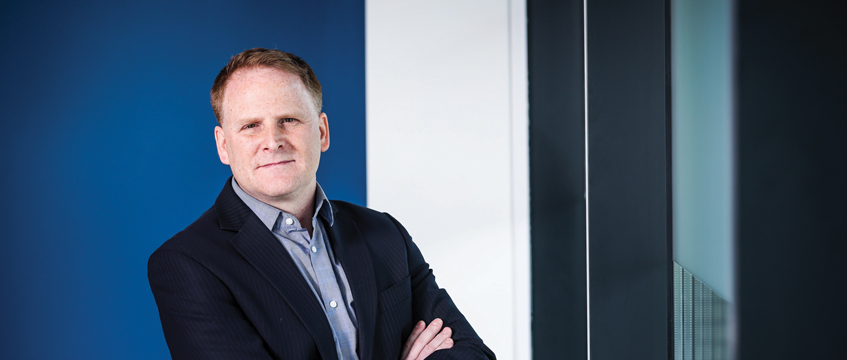COMMENT To describe 2022 as a year of change is an understatement. The consequences of the upheaval of three UK prime ministers in a matter of months, a change of monarch, an impending recession and associated cost-of-living crisis are profound.
Allied with the ongoing effects of the pandemic, there are clear challenges, both in business and across society at large. However, as ever, out of challenge comes opportunity.
There has been much talk about the success of the levelling up agenda across the North of England and whether it has delivered improved economic growth, which is an argument for another day. Whatever one’s politics or views, what cannot be denied is that northern cities are driving their own success. Take Leeds – despite ongoing uncertainty, it is a really exciting time for the city.
Growth and productivity
Plans have been revealed for a new innovation arc, covering 370 acres of the city centre, which will help determine the evolution of its west side – where Wellington Place is located – for years to come. A series of innovation neighbourhoods will be established around the city’s main universities, including proposed adult and children’s hospitals and involving large-scale collaboration with private sector partners.
Improvements will be made to public open space and walking and cycling provision. There will be two new city parks, a potential mass transit route, and a mix of residential, retail, commercial and cultural space. As a city with such a rich history, it will rightly follow a heritage-led approach to development.
As councillor James Lewis, leader of Leeds City Council, said when the innovation arc project launched: “Delivering a better built environment can help accelerate growth and productivity in our city, creating good jobs and a place where employers want to locate and invest, and in turn driving progress towards a healthier, greener and more inclusive future.”
I wholeheartedly endorse this view. In fact, the positive outcomes we have created at Wellington Place chime with much of what the innovation arc is setting out to achieve. Key to us creating a sustainable business community is a continual drive to improve sustainability in real estate. Creating more sustainable buildings is a priority for our industry, especially given that the built environment currently contributes 40% of the UK’s carbon emissions.
A good example of where we are taking the lead on this crucial agenda is with our 11 and 12 buildings, the latest additions to the Wellington Place neighbourhood. Once completed, they will provide 254,879 sq ft of BREEAM Outstanding office, leisure and retail space and accommodate more than 2,500 people.
Buildings 11 and 12 have been officially confirmed as one of the UK’s most sustainable new developments – the first outside London and only the fourth in the UK to achieve a NABERS Design Reviewed Target Rating of Five Stars or above, and is setting the benchmark for future-proofed, sustainable development.
NABERS UK is a well-established system for rating the energy efficiency of office buildings across England, Wales, Scotland and Northern Ireland, and is fast becoming the gold standard for assessing operational efficiency across the UK.
So why NABERS? We realised that to be genuinely sustainable, 11 and 12 needed to go beyond compliance – a key metric for past buildings – and demonstrate exceptional performance in operation. What is exciting about NABERS is that it provides a benchmark for a building’s energy efficiency in operation, as well as design, enabling fair industry comparison.
Sustainability agenda
NABERS is a huge step towards improving the energy performance of the buildings and acts as a prime example for the market to address the performance gap. We have already seen how important this approach is to occupiers.
Sustainable development is also key to attracting the best and brightest talent, especially among a highly skilled young workforce. Indeed, a recent report by JLL found that 70% of millennials would prefer to work in a company with a strong sustainability agenda.
While employers should be looking at ways of making the office more attractive in order to stand out to prospective candidates, landlords and developers also need to adapt in order to attract the best occupiers – and having a strong sustainability offer can do that.
Through this we not only support net zero targets, but also continued economic growth and inward investment into the region. In turn, we have found that by creating sustainable buildings and spaces, we are also creating a sustainable community where people not only work, but socialise, participate and enhance their own personal wellbeing.
Paul Pavia is head of development at MEPC











